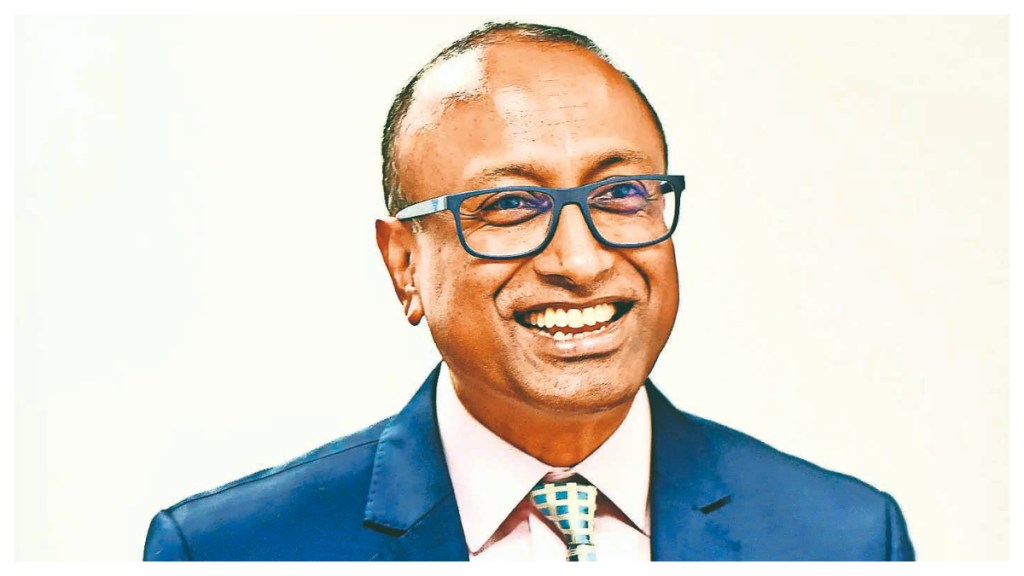India’s digital economy is expanding rapidly, with a projected need for nearly 30 million digitally skilled professionals by 2026, while 50% of the existing workforce will require reskilling in emerging technologies. With a tech talent base exceeding 5.4 million, “India is well-positioned to lead in high-impact domains such as AI, deeptech, semiconductors, and cybersecurity,” says Rajesh Nambiar, president, Nasscom. He speaks to Sudhir Chowdhary on the evolving skill demands and measures needed for the Indian IT workforce to remain agile, relevant, and future-ready. Excerpts:
What are the most valuable skills for engineers to have in 2026?
While areas like GenAI engineering, systems engineering, AI safety, secure-by-design software, and simulation-led engineering will see demand, the single biggest differentiator in the next 12 months will be learnability. AI is collapsing technology cycles dramatically. Tools, models, stacks, and frameworks will continue to evolve every quarter and companies are now prioritising engineers who can continuously learn, unlearn, and re-skill at speed. Roles, hiring, and career paths will continue to evolve and will be recalibrated to reward adaptability, problem-solving depth, and the ability to build across domains.
How are IT firms approaching large-scale AI reskilling and upskilling?
Organisations are adopting a far more calibrated talent strategy. The focus has shifted from volume hiring to building AI-ready, cloud-native, high-productivity teams. Companies are investing heavily in AI skilling, certifications, and internal capability building, however there is now a clear understanding that upskilling alone is not enough. Technical agility must be coupled with deep domain knowledge. Adaptability, domain fluency, and the ability to apply engineering to real industry problems are becoming the true differentiators.
As AI matures, specialised talent demand will rise – in advanced AI research, data science at postgraduate and doctoral levels, human-technology interface design, and domain-led innovation across healthcare, finance, manufacturing, and mobility. Interdisciplinary roles at the intersection of AI and social sciences will also emerge strongly.
Nasscom continues to work closely with member companies, government bodies, and regulators like AICTE, NCERT and NIELIT to modernise curriculum and rapidly scale inclusive and future-forward skilling models. Industry today is leading by example – accelerating AI and hybrid cloud adoption through reskilling, co-creation, and ecosystem partnerships.
Tell us about the Makers Honor Award?
India’s $284 billion tech industry is powered by millions of engineers who quietly build the systems, protocols, IP, and scientific breakthroughs that underpin our global standing. One of the most powerful ways to nurture an innovation-first mindset is through recognition. Nasscom has instituted the nation’s first Makers Honor Award to recognise the individual technologist who are shaping the next decade of India’s tech leadership across AI, deeptech, open-source, digital public infrastructure, and engineering for societal impact.
In an environment increasingly dominated by transformative technologies like generative AI, agentic systems, and quantum computing, we need to celebrate those who master complexity, contribute to open-source ecosystems, build systems serving billions, and push scientific boundaries. This initiative creates a cultural shift where young engineers aspire not just to found companies but to become exceptional builders whose work transcends code and creates lasting impact, signalling that technical mastery, collaborative innovation, and purposeful problem-solving.
How resilient is India’s tech export engine in FY26?
The September quarter for FY26E showed a structured sign of broad-based recovery for the tech industry in India. An analysis of the top five publicly listed tech firms shows growth being driven by AI-led transformation programmes, strong deal momentum, and favourable cross-currency tailwinds. While macro caution remains, it is increasingly offset by accelerating demand in AI, cloud, and digital modernisation with every major firm now positioning AI at the core of its forward strategy.
Deal wins saw a meaningful rise, reflecting sustained demand for AI-integrated cloud and digital modernisation programmes across key verticals. Sectors such as BFSI and telecom continued to outperform, supported by data-led modernisation, compliance-driven investments, AI-based risk intelligence, network automation, and emerging 5G monetisation use-cases. Manufacturing and Hi-Tech registered the strongest sequential growth powered by product engineering and AI transformation.
Any policy priorities that can unlock India’s AI compute build out?
India’s AI compute build-out will be unlocked by sustained investment in data centres, domestic compute capacity, clean power infrastructure, and supportive policy that enables scale with sustainability. AI is now driving a new wave of capex-heavy data centre investments in India. These are long-horizon, capital-intensive bets that reflect deep confidence in India as a future global AI infrastructure hub. With data sovereignty imperatives, national DPI, and local data storage norms, India is structurally well-placed to benefit from this momentum.
Nasscom sees massive, continued potential both from global hyperscalers and Indian enterprises to expand domestic compute capacity. The biggest unlock will come from enabling sustained data centre scale through reliable power, water availability, sustainability pathways, and efficient regulatory frameworks. Today, the industry is still in an experimental phase balancing automation with human roles and determining the right operating models for AI workloads. As AI demand accelerates, India’s policy readiness through the national data centre policy and targeted infrastructure incentives will be critical to ensure responsible scale, while keeping energy, sustainability, and cost competitiveness at the centre of future build-out.








